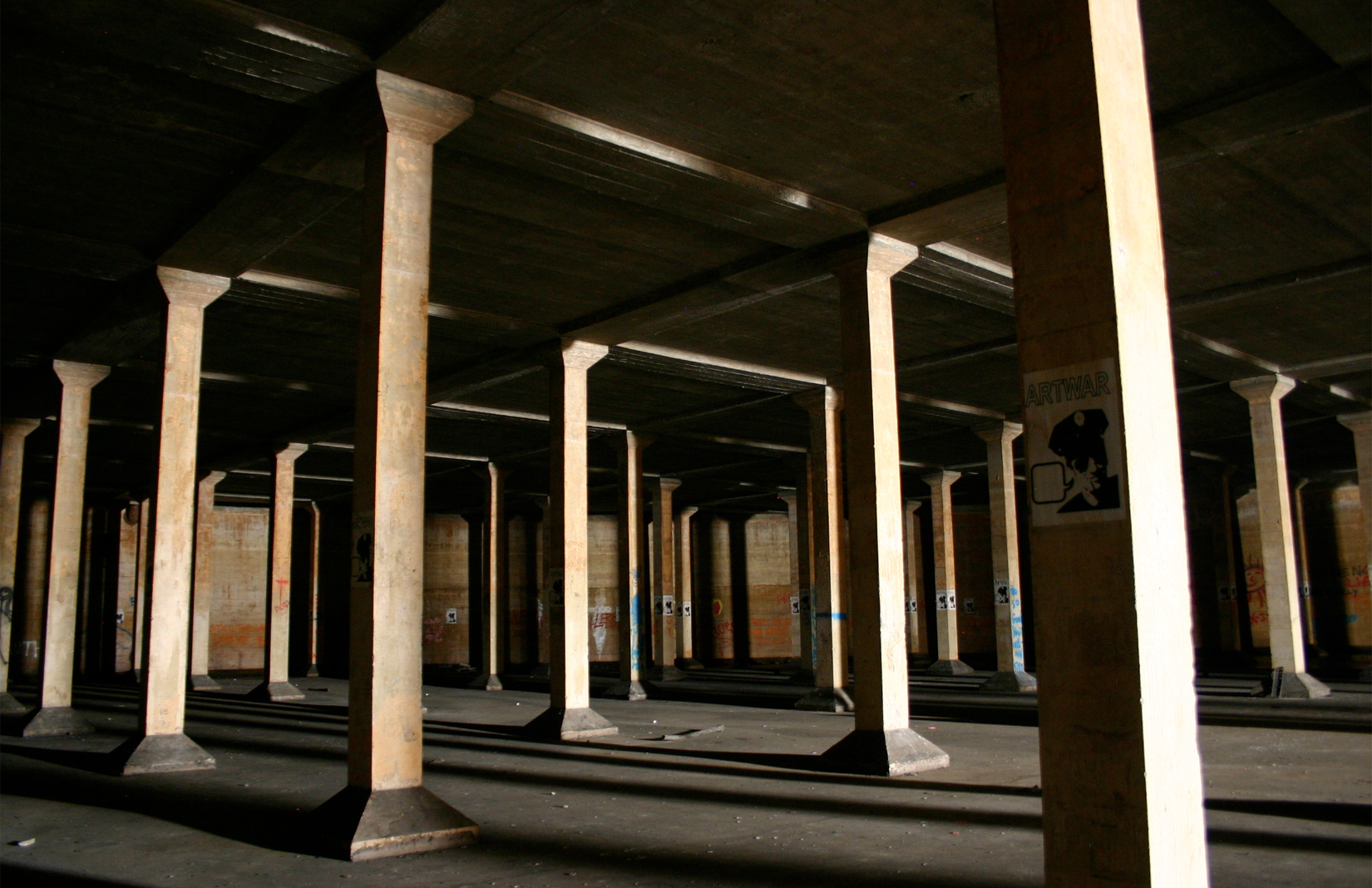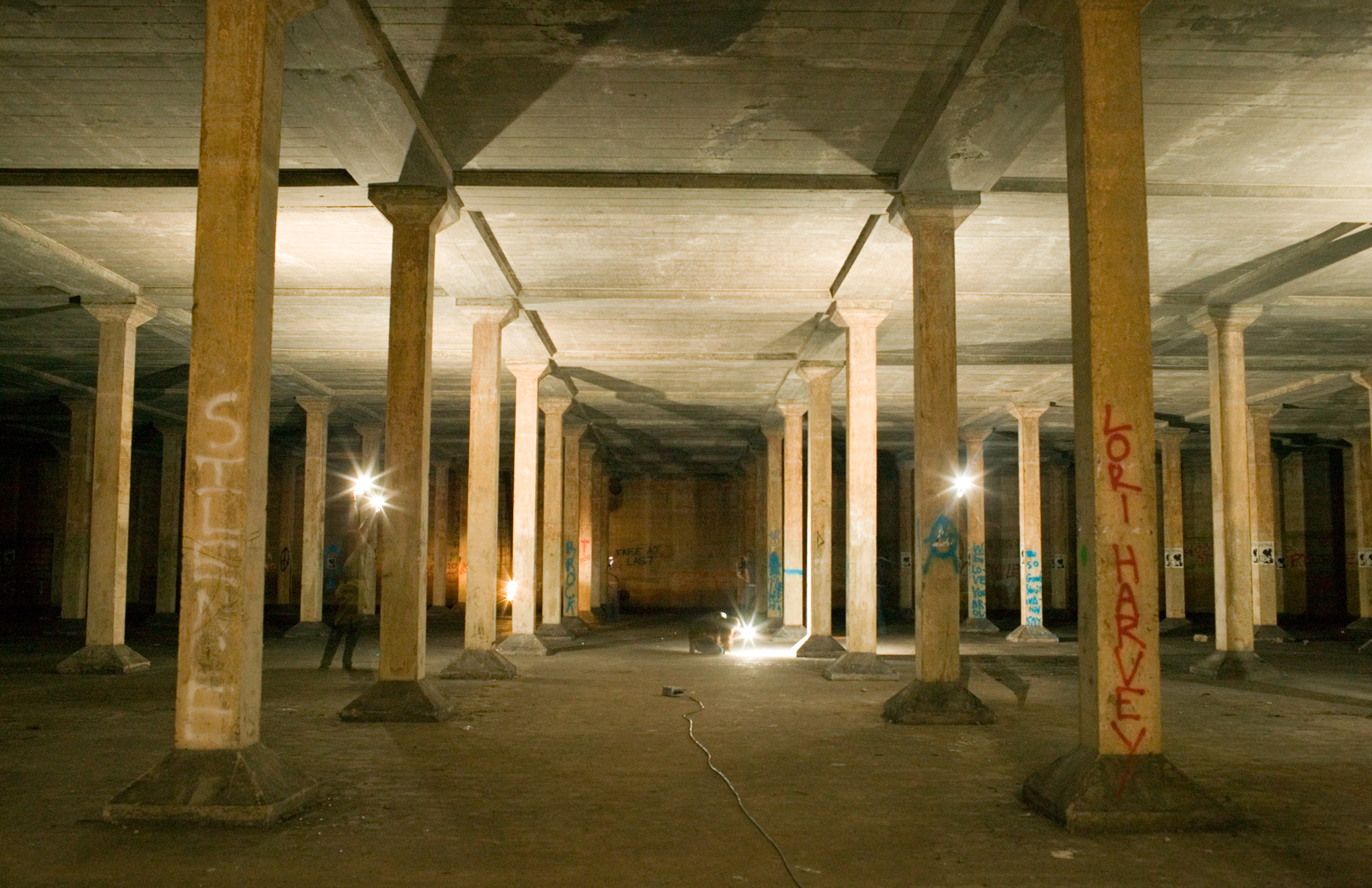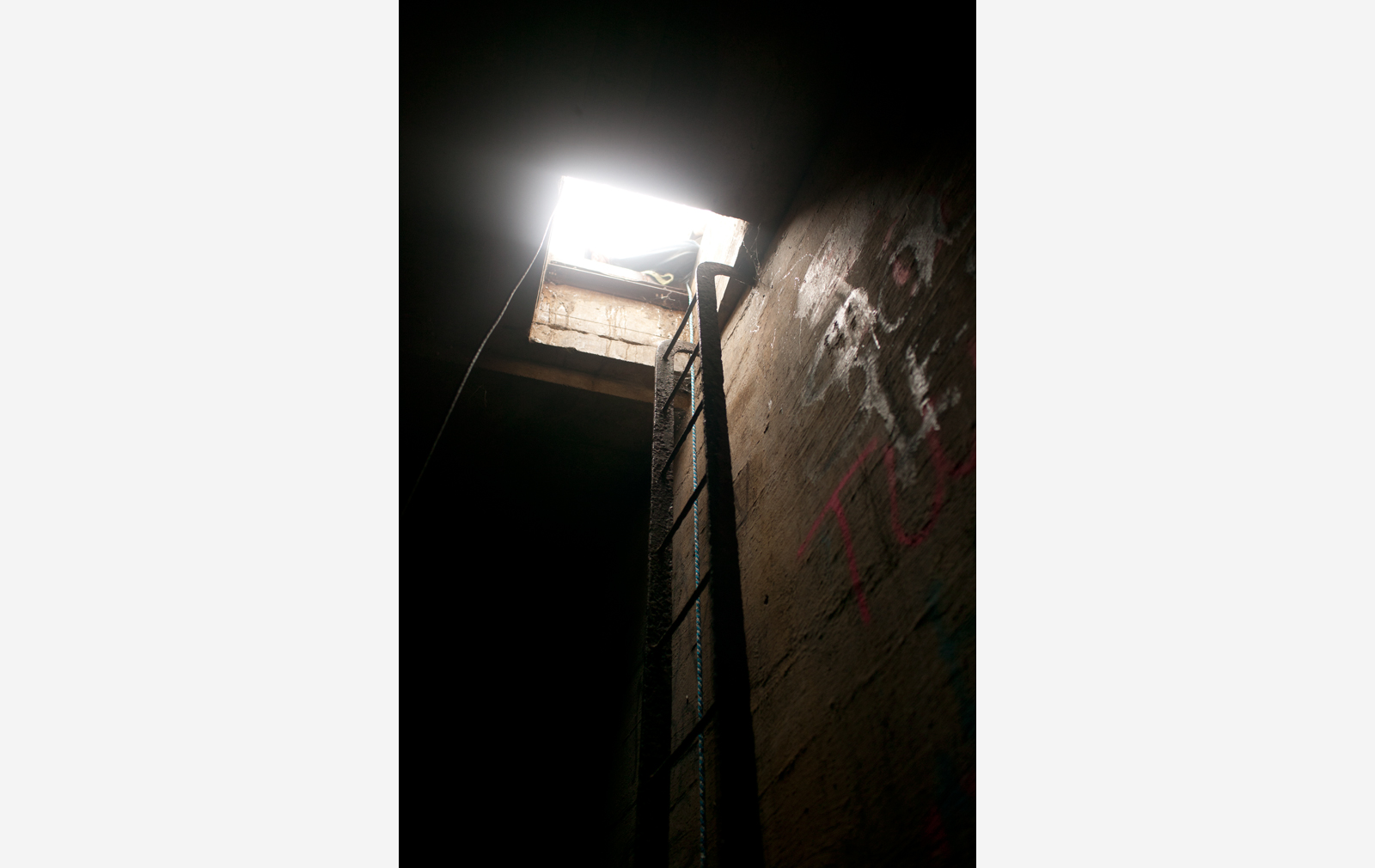
An underground water tank became the unlikely inspiration for composer Jherek Bischoff’s new album, Cistern.
The musician discovered the 200-million-gallon cistern beneath Fort Worden, in Washington State, while completing a residency there in 2011. It had been empty since the 1950s.
‘I’d heard about a record from the early 1980s called Deep Listening by Pauline Oliveros, which she recorded [in the tank],’ Bischoff explains. ‘That record has a bit of a cult following.’
What makes the subterranean space alluring to musicians like Oliveros and Bischoff is its unique acoustic quality.
‘When you get down there, you notice immediately that any sound you create – whether it’s shuffling your feed or snapping your fingers – becomes a long reverberant sound for 45 seconds.’ To put this into perspective, he adds: ‘In a cathedral, you’re lucky to get maybe six seconds of reverb. It’s so different to any space I had ever been in.’
But this acoustic quality also means that sounds quickly become a cacophony inside the tank, officially known as the Dan Harpole Cistern.
‘I brought an amplifier down there, and lots of really loud instruments. I started seeing what would happen if I played super loud… It was just mush! The space really does tell you exactly what to to do. You have to play as minimally as you can, and be as concise with your thoughts as possible.’

Hooking his amp and laptop – the only light source in the otherwise pitch-black space – up to his car battery, Bischoff spent three days writing in the underground tank, creating the skeleton of his second album.
‘I knew the next project I was going to do would be inspired by the space – that it was going to totally change the way I compose.’ Half of the songs Bischoff wrote there eventually found their way onto Cistern. ‘In essence [the space] became a collaborator.’
But as incredible as its acoustic qualities were, it was not without drawbacks. Accessible only via a manhole and a steep metal ladder, only five people were allowed in there at a time – ruling out the use of an orchestra.

‘It’s a big space and could take a lot more, but the oxygen-levels mean you’re limited in how many people you can have in there.’
Instead, Bischoff took his compositions back to the recording studio – this time in a converted 19th-century church in Hudson, NY – where he recreated the soundscape of the tank, while laying out tracks as multi-instrumental orchestral arrangements.
The result is a 9-track album with the indelible emotional DNA born from the subterranean space.
‘Cistern’ by Jherek Bischoff is out now on cd and vinyl via The Leaf Label
Read next: 10 buildings with extraordinary acoustics






















